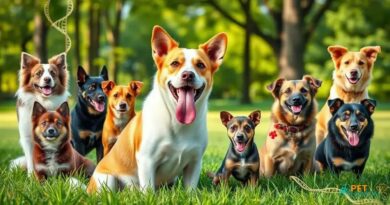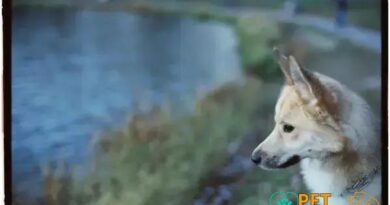What is appearance of dogs
What is Appearance of Dogs?
The appearance of dogs encompasses a wide range of physical characteristics that vary significantly across different breeds. From size and shape to coat color and texture, each aspect contributes to the unique identity of a dog. Understanding these features not only helps potential dog owners choose the right breed but also enhances appreciation for the diversity within the canine world.
Size and Build
Dogs come in various sizes, ranging from tiny teacup breeds to large working dogs. The size of a dog often correlates with its breed purpose; for instance, larger breeds like Great Danes were historically used for guarding and hunting, while smaller breeds like Chihuahuas were bred for companionship. The build of a dog, whether stocky, slender, or muscular, also plays a crucial role in its overall appearance and functionality.
Coat Types
The coat of a dog is one of its most defining features, available in various types such as short, long, curly, or wiry. Each coat type serves different purposes, including insulation, protection from the elements, and even camouflage. For example, breeds like the Poodle have a curly coat that helps them stay warm in cold water, while the sleek coat of a Greyhound aids in speed and agility.
Color Patterns
Dog coats come in an array of colors and patterns, including solid, brindle, spotted, and merle. These color variations can be influenced by genetics and breed standards. Some breeds, like the Dalmatian, are famous for their distinctive spots, while others, like the Siberian Husky, are known for their striking masks and eye colors. Understanding these patterns can enhance a dog owner’s appreciation for their pet’s unique appearance.
Facial Features
The facial structure of dogs varies widely, contributing to their unique expressions and personalities. Breeds like the Bulldog have a distinctive flat face, while others like the Collie have elongated snouts. Eye shape, size, and color also play a significant role in a dog’s appearance, with some breeds having expressive, soulful eyes that can convey a range of emotions.
Ears and Tails
Dog ears can be erect, floppy, or semi-erect, and their shape can vary greatly between breeds. For example, the erect ears of a German Shepherd contrast sharply with the floppy ears of a Basset Hound. Similarly, tails can be long, short, curled, or straight, each contributing to the overall silhouette of the dog. The tail’s position can also indicate a dog’s mood and temperament.
Body Structure
The body structure of dogs includes various elements such as the length of the legs, the shape of the torso, and the overall proportion of the body. Breeds like the Dachshund have a long body and short legs, while Greyhounds are known for their sleek, aerodynamic build. These structural differences not only affect appearance but also influence a dog’s movement and agility.
Grooming and Maintenance
The appearance of a dog is also greatly affected by grooming practices. Regular grooming helps maintain a dog’s coat health, enhances its appearance, and can prevent matting and skin issues. Different breeds require varying levels of grooming; for instance, long-haired breeds like the Shih Tzu need frequent brushing, while short-haired breeds like the Beagle may require less maintenance.
Breed Standards
Each dog breed has specific standards set by kennel clubs that outline the ideal appearance for that breed. These standards include details on size, coat type, color, and other physical traits. Understanding breed standards can help prospective dog owners identify the characteristics they desire in a pet and ensure they are choosing a breed that fits their lifestyle and preferences.



